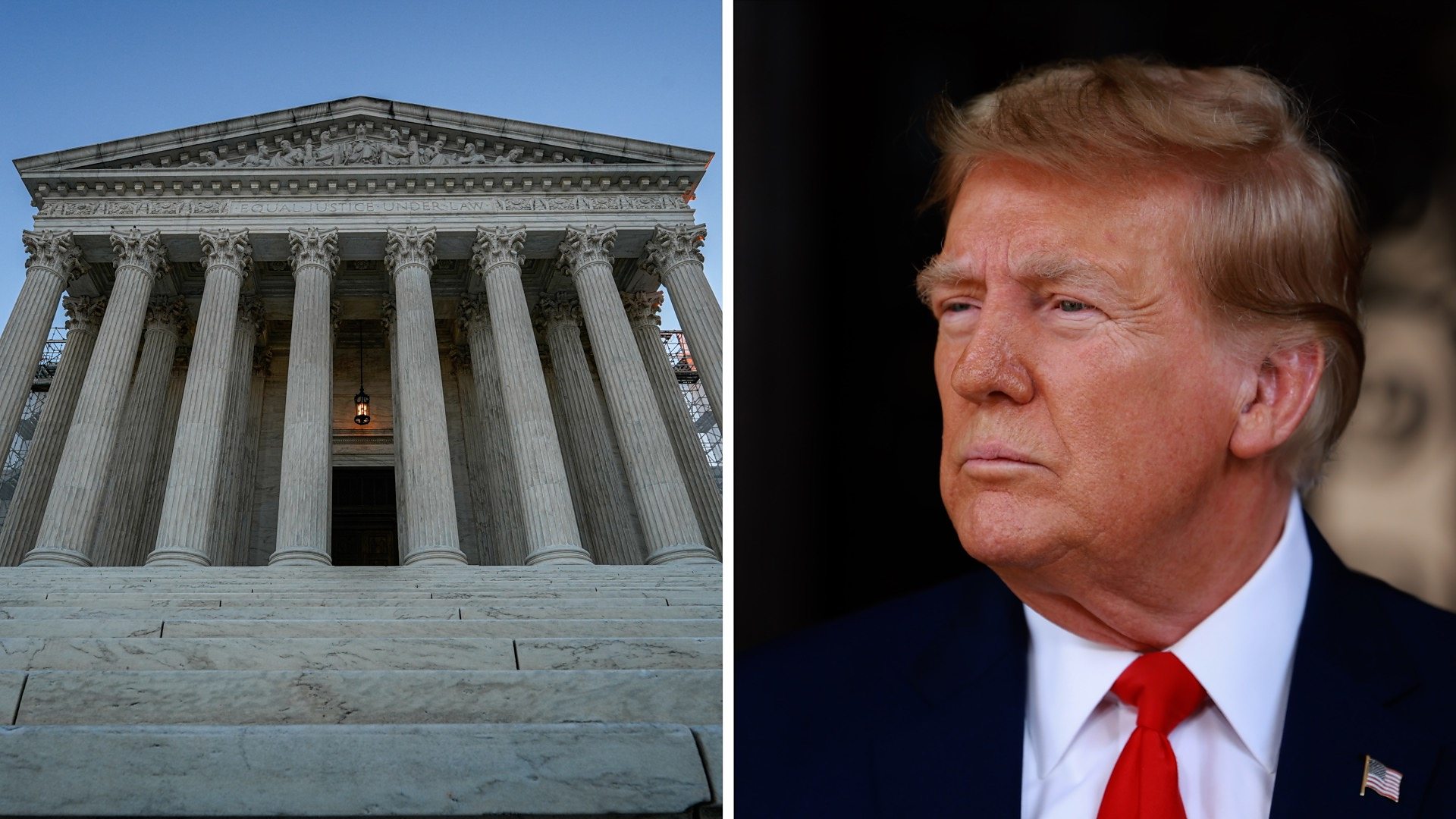
A historic Supreme Court battle is unfolding in Washington, one that could determine the future of American trade policy — and the limits of presidential power. President Donald Trump’s sweeping tariff strategy, the cornerstone of his economic agenda, now hangs in the balance as the nation’s highest court reviews whether his use of emergency powers to impose global tariffs was constitutional.
At the heart of the case is Trump’s controversial use of the International Emergency Economic Powers Act (IEEPA) — a 1977 law designed to give presidents temporary authority to address international crises. Trump invoked the act to declare an “economic emergency,” introducing what he called “reciprocal tariffs” — a 10% baseline duty on all imports, with higher rates for countries accused of unfair trade practices.
Critics argue that Trump’s move was an abuse of power, claiming the IEEPA was never meant to serve as a blanket trade tool. Several American companies, trade associations, and state governments have challenged the action, saying it inflicted billions of dollars in costs on importers and consumers. Lower courts sided with them, ruling that Trump exceeded his legal authority.
But the Trump legal team has appealed to the Supreme Court, insisting that the President has broad discretion in matters of national security and foreign policy — and that courts should not interfere with emergency economic decisions. “When America’s economy is under threat, the President must have the freedom to act,” said Trump’s attorney during pre-hearing remarks.
The case, officially titled V.O.S. Selections, Inc. v. Trump, now raises one of the most important constitutional questions of the decade: Can a president unilaterally reshape U.S. trade policy under the banner of national emergency?
Legal scholars note that the outcome could have far-reaching consequences. If the Court upholds Trump’s actions, future presidents could wield enormous unilateral power to impose tariffs, quotas, or sanctions without congressional approval. But if the Court strikes down the policy, it could sharply curtail executive authority and reaffirm Congress’s role in setting trade rules.
Beyond the legal arguments, the case has massive economic implications. Trump’s tariffs were central to his “America First” agenda, reshaping global supply chains and redefining trade relations with China, the European Union, and Mexico. A decision against him could unravel key parts of that framework and complicate future negotiations.
Economists warn that uncertainty surrounding the case is already impacting markets. “Businesses can’t plan investments when trade policy swings with every emergency declaration,” said Dr. Elaine Porter of the Brookings Institution.
As the nine justices prepare to hear oral arguments, the stakes could not be higher. The decision — expected early next year — will determine not just the fate of Trump’s tariffs, but also the boundaries of presidential power in one of the world’s largest economies.
Whether the Court reinforces or restrains that power, one thing is certain: this Supreme Court showdown will define how much control a U.S. president truly has over the nation’s trade future.
Watch video below :












